By Fran McVeigh
Thursday, September 2, 2021 found #G2Great fans gathered around the Twitterverse to discuss Diane Ravitch’s blog from April 2021 where Yong Zhao and William McDiarmid shared their thinking on Standardized Testing. This was the first of a two part chat series that concludes next week with a media study of a topic currently under debate: “Learning Loss” so tune in again next week as well.
Let’s consider the “setting” for this blog post. April of this year. 14 months into the pandemic. A world-wide pandemic. Hopes. Fears. Vaccines becoming available although not yet available to all. And yet, simultaneous pushes for “a return to normal” and “a time to create a new normal.” Definitely a time of uncertainty, perhaps ripe for change. Perhaps ready to return to the known, the familiar.
Words matter. I’ve used that succinct phrase here and on my own blog as post titles here and here. Words matter because the meaning and power come from the words authors choose to use. Or even from words they deliberately choose NOT to use. With the Six Traits +1 of Writing (Voice, Ideas, Presentation, Conventions, Organization, Word Choice, and Sentence Fluency), word choice seems to be just one of seven factors, but in reality it impacts all the other traits to some degree. The words authors use are often equated to be a sign of level of education or intelligence.
I am venturing to guess that there is little doubt about my feelings about this topic. Consequently my choice with this article was to view the frequency of words in the post by Zhao and McDiarmid as a starting point of my personal study. Which words did they repeat? So how did I do a frequency study? I used technology to copy and paste the entire post into worditout.com, and this word cloud was automatically generated. As with any word cloud, the largest words appeared most frequently. This cloud uses five different colors of ink in varying sizes to show levels of frequency for words.
I literally breathed a sigh of relief to see that “students” was the largest word as I admired its placement in the center of the cloud, and then “testing” was second and “standardized” was third. Because those two words were in the title that actually confirmed the content of the post. The biggest yellow words stood out next: “educators,” “learning,” and “high-stakes.” The descending order quickly became trickier. Red words that next stood out were “skills”, then “knowledge,” “Zhao,” “families,” and “many.” I’m not going to go through all the words but I did list out about thirty of my favorite words that I found in the cloud. Before I continue on, I invite you to think about this question: “What words in the word cloud seem interesting to you?”
Did you choose nouns? If yes, “educators, families, tests, talents, opportunities, counterparts” might be some on your list.
Did you choose verbs? If yes, “marginalized, reduced, nurture, mastered, disrupted” might be words that catch your eye.
Or were there words that just created a sense of wonder? Maybe these caught your attention: “especially, consequently, perhaps, although, more, significantly, some.”
High-stakes standardized testing
Standardized Assessments . . . What do you think of when you hear that phrase? I immediately think of the old, old, old, Iowa Tests of Basic Skills, #2 pencils, and ovals that are to be “completely filled in.” That led to my vote for this visual to be a part of our slides for the chat. I see the broken pencil as frustration. Over the administration. Over the time spent assessing. Over the delays in assessment results. Over the inappropriate uses of the results.
Because this was an article study, this blog post is perhaps a bit different from other posts and significantly different from posts featuring books and authors. However, my study of the words brought me to the conclusion that there were three key ideas in the blog that also surfaced in the chat.
- Impact students
- Has failed educators
- Has disrupted learning for families and communities
Dear Reader,
Although those words are displayed above, they may not have been the words that you felt were emphasized. Thank you for sticking with me through this post as I demonstrate the examples that happened to show me these results. Please continue reading to follow my thinking as I share my processing of the words above and the tweets from the chat that impacted my thinking (and see exactly how many words I also use from the word cloud.)
High-stakes standardized testing impacts students.
If I begin with the littlest students, kindergartners entering school this year may have attended pre-school in the lowest numbers in the last decade. Many missed out on play dates, family events and interaction in their neighborhood and community.
First graders may be more fortunate. Some had a kindergarten year in a classroom with masks and social distancing. Some had hybrid classrooms with some instruction online and some face to face. Some others had a year of online instruction. What will first grade bring? It’s impossible to predict but bumpy rides are ahead and no one solution is possible because of the complexities of the previous year.
And second graders . . . those children who left school in March of 2019 for “a couple of weeks” who never returned for the final days of kindergarten. What were those final days like? What was first grade like? And now how will second grade look? Students who have and will now have three consecutive years greatly impacted by the pandemic.
And then students in grades three and up . . . They too have now known three years of disruption and three years of different learning. Soon we will hear from testing companies about their view of learning during the pandemic. But I want to take this opportunity to remind you of two important words: achievement and learning. Achievement tests give us comparisons of grade levels and stanines and percentiles that are often used to sort out students into categories of students dependent on the rate of growth in skills that are progressing on a scale. Learning, and in particular life-long learning often encompasses: curiosity, creativity, communication, leadership, critical thinking, adaptability, and listening.
How are students impacted?
High-stakes standardized testing has failed educators.
High-stakes assessments have promised to be the “end-all” in education reform. Unfortunately, I believe that they have done the opposite. They’ve sent us down rabbit-hole after rabbit-hole of broken promises, tired rhetoric, and trust-breaking programs as “Everyone” tries out their own experiments in improving school. But what if we take a step back and consider those who have been successful? What if we reread Dr. Gholdy Muhammad’s work to study histories of success? (Cultivating Genius chat here)
As a “Mid-Westerner”, I love New York City. This statue and its nature as a gift from our friends in France fascinates me. And these words are mesmerizing.
Many teachers whose classes began in August are already tired and poor. They are “yearning to breathe free”; free of the tyranny of standardized test requirements. Free of a six foot stack of test-prep materials. Free of local, state and federal requirements that feel counterproductive to learning. Outdated measures of learning. Disruption is needed.
High-stakes standardized testing has disrupted learning for families and communities.
When media touts the failure of schools and students by reporting FAILING data such as NAEP reports of students not meeting proficiency, it’s hard not to believe the 100th presentation of said data. However, NAEP in particular never talks about “proficiency” in any of their descriptions of their performance levels. That one sneaky little word added in makes it easy to be derailed and question the efficacy of schools in general. And then what happens? Check out the following tweets.
In conclusion with a challenge . . .
Thank you for indulging me in my wandering and wondering about words in this post, “Time to Rethink Standardized Testing.” In 2012, EdWeek stated the cost of testing to be at $1.7 billion per year. (link) Five years later Penn State reported that the same dollar figure was used for primary assessments. (link) Unfortunately, the EdWeek article was their quoted source even five years later. Testing/ Assessments are expensive.
Find out how much assessments cost your district. Actual cost. And then look for the hidden costs. How much instructional time is lost to test prep, test administration, and assemblies with promises of rewards for student improvement? What is the cost of stress for students, teachers, administrators, family and community? How much time is lost in item analysis to find out there was only one item for that skill so it may not even have been a lower performing skill, but just an inattention to detail? And then honestly answer these question: What is the cost benefit for students? How do these assessments help the students become more effective citizens? What have the teachers learned from the assessment that they did not already know?
And then take your answers to your administrators and folks in charge.
It’s time for change.
And testing/assessment needs to be at the top of the list.

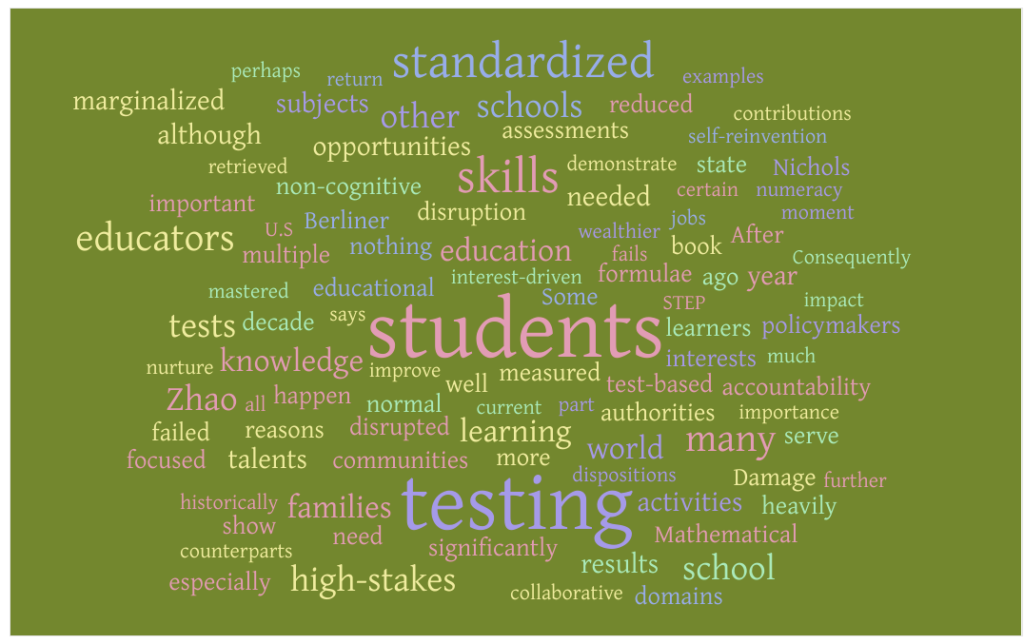

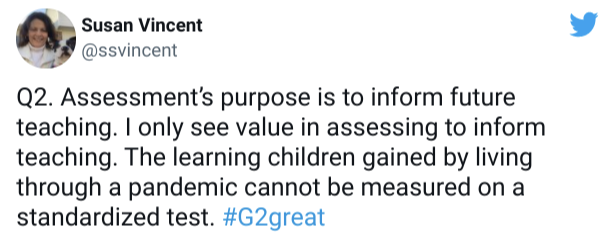

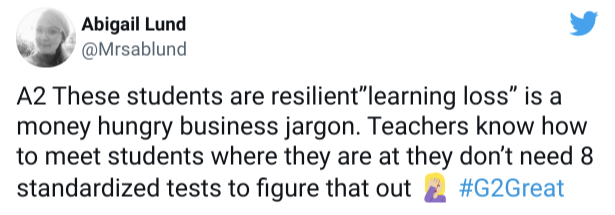
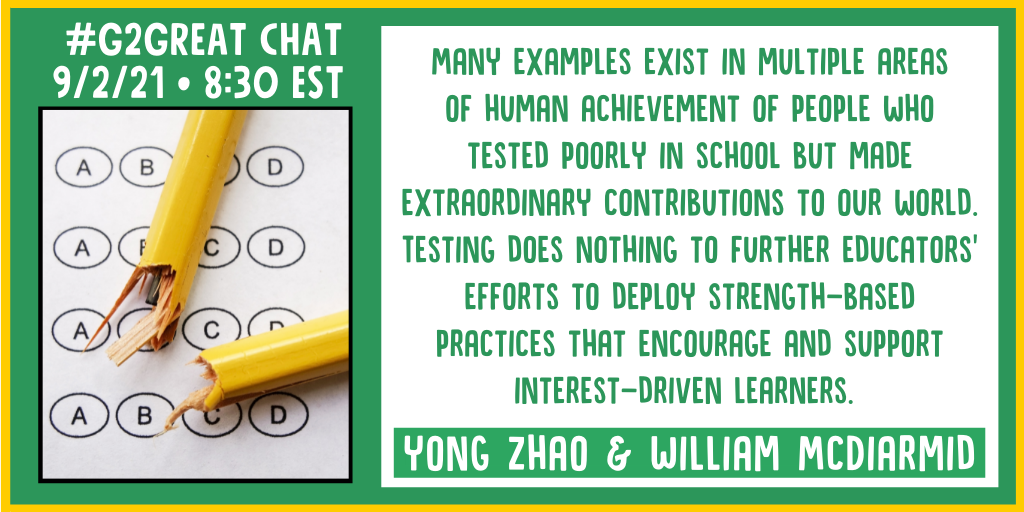
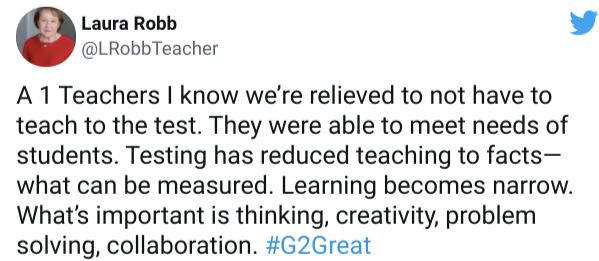
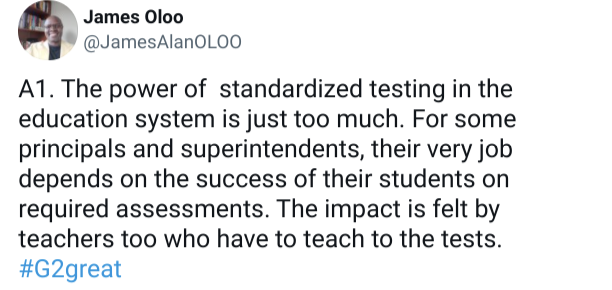
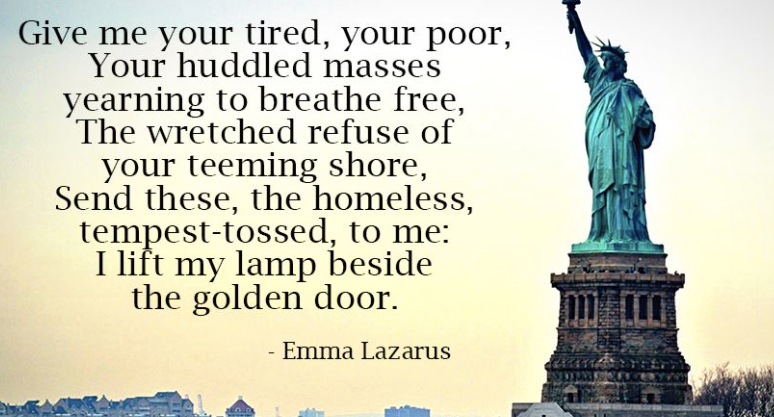
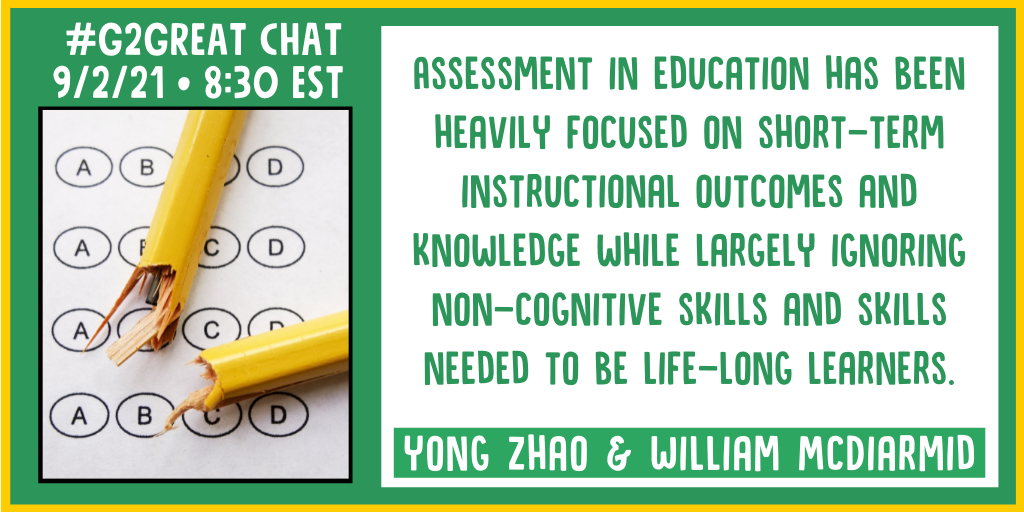

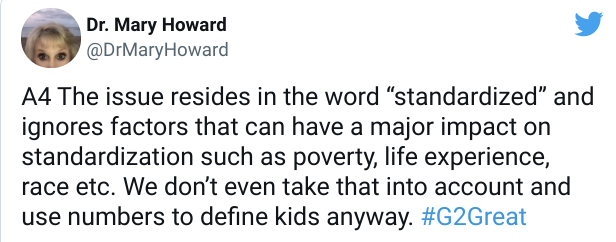
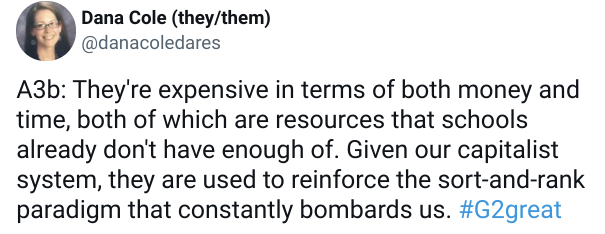
One thought on ““Time to Rethink Standardized Assessment” (Ravitch, Zhao, and McDiarmid)”
Comments are closed.